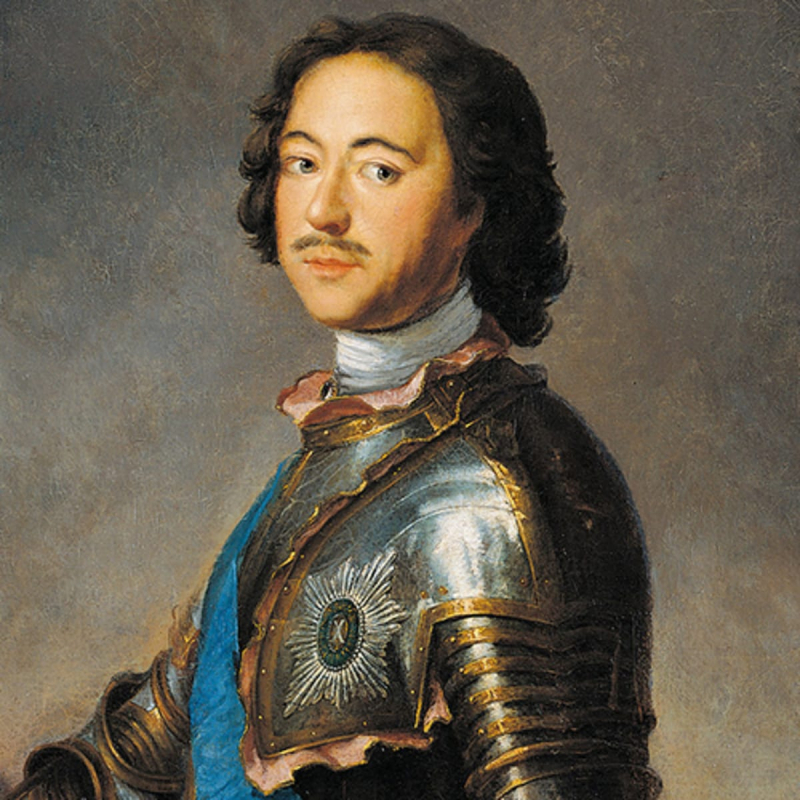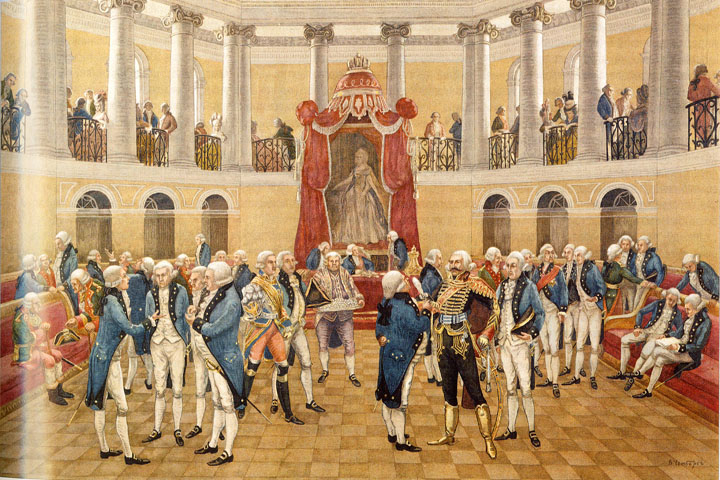Peter I created and made the Russian nobility serve the country
Before Peter the Great, the Russian army relied on the militia of the nobility and the elite corps, the elite Russian corps. Streltsy was involved in several uprisings against Peter so he disbanded the group and incorporated its members into the regular army. Peter reorganized the Russian army by western standards. While selecting his officers from the nobility, he also brought farmers and townspeople into other ranks. Officers were required to make their men proficient in combat.
By the end of the 17th century, the Russian state was in crisis. One of the reasons for this was the fact that official positions were born - only children of male families could become teenagers and occupy positions of military commanders, and high-ranking or civilian statesmen. Obviously, these people are not always talented or brave. Peter put an end to this, and in a very harsh way. In 1698, Peter executed a lot of guards - former guards of the tsar who tried to overthrow his rule. With this, a lot of high-ranking boyars (who participated in the coup plot) were fired from the service.
In 1701, Peter argued that land could only be owned by those serving the state. Stop serving, and you will be deprived of your lands and serfs. Peter also installed regular squads of the nobility, which helped to register all nobles who could serve in the army or in civic organizations. Finally, Peter demonstrated the appointment of formerly non-nobles to the nobility for military power by making them barons and earls - titles he had applied in Europe. Peter was hereditary to the nobility and stipulated that all nobles must serve from the age of 15. In doing so, Peter created the Russian nobility that built Russia's greatness in the 18th century and beyond.










